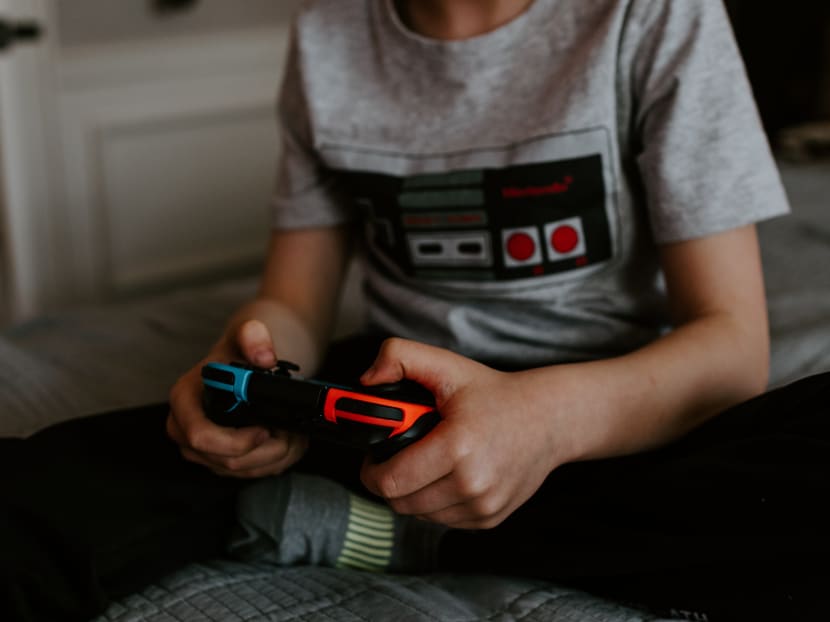What parents, teachers and kids can do to stop myopia from taking hold in pandemic
Myopia, also known as near-sightedness, is a ubiquitous phenomenon in Singapore that is on the rise among children, with 7 per cent of five-year-olds and 60 per cent of 12-year-olds having to wear spectacles.

A TODAY reader suggests ways parents, teachers and children in Singapore can stop myopia from taking hold during the Covid-19 pandemic.
Myopia, also known as near-sightedness, is a ubiquitous phenomenon in Singapore that is on the rise among children, with 7 per cent of five-year-olds and 60 per cent of 12-year-olds having to wear spectacles.
Researchers have warned that half the world’s population may be myopic by 2050.
The Covid-19 pandemic will worsen the progression of myopia, especially among children, with more screen-based activities.
The move to institute home-based learning during the pandemic meant that young children are fidgeting with their digital devices much more regularly and with greater intensity.
All these near activities exacerbate the risk factors of myopia.
The sharp rise in screen time, accompanied by a fall in time spent outdoors, has heightened the risk of myopia among the young.
And poor vision habits formed during the pandemic are likely to persist into the future.
Hence, parents and young children need to be informed about the risks of myopia and the burden of possible future visual complications, including retinal detachment.
Besides medical interventions to arrest the progression of myopia, parents and grandparents can help to reduce children’s eye strain by setting appropriate screen-time limits, such as having a 10-minute recess after 30 or 40 minutes of screen time.
It is important that good eye habits are inculcated from young.
Teachers can also roll out short breaks so that students may rest their eyes between classroom periods.
In addition, children should spend more time outdoors, for example flying kites, as there is strong evidence suggesting that this curbs the rising prevalence of myopia.
Health experts have said that outdoor activities can be safe during the pandemic as long as we wear our masks consistently and correctly over our nose and mouth, practise safe distancing, avoid crowds or places that are poorly ventilated, and wash our hands with soap.
Hence caregivers can leverage the benefits of outdoor time, for example by taking their child to the nearest park connector for recreational activities such as walking and cycling, to thwart any entrenchment of myopia-causing behaviours among children.
Children can also be responsible for their eye health by taking frequent disciplined breaks from near work.
The American Optometric Association and the American Academy of Ophthalmology recommend the 20-20-20 rule, where one rests one’s eyes for 20 seconds by looking away about 20 feet (around 6.1m) to relax their eye muscles after 20 minutes of screen time.
In these 20 seconds, children can step aside from their work to look at faraway objects such as trees and buildings.
Only then can we effectively prevent myopia from becoming entrenched because of Covid-19.
ABOUT THE WRITER:
Ms Wong Shi Hui, 19, is a recent junior-college graduate who co-founded the youth-led Mental Health Initiative, which promotes mental wellness in the community.
Have views on this issue or a news topic you care about? Send your letter to voices [at] mediacorp.com.sg with your full name, address and phone number.






